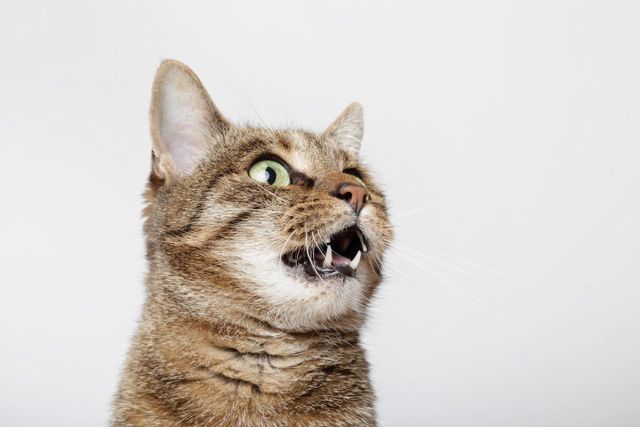tooth resorption cats symptoms
Tooth resorption is a fancy way of referring to teeth that are eroding or being worn down. Tooth resorption formally known as FORLs Feline Oral Resorptive Lesions is the most common dental problem in cats especially those aged four and older with studies worldwide showing that up to 75 of cats with dental disease also suffer from tooth resorption.
All cats can develop feline tooth resorption.

. Tooth resorption can be difficult to detect with cats often masking signs of oral discomfort or pain. It may be seen in a single tooth but generally the condition affects multiple teeth. This condition is commonly referred to as tooth resorption however in the past it has also been called a feline odontoclastic resorptive lesion FORL or a cervical line lesion.
Vet bills can sneak up on you. Treating tooth resorption in cats generally involves some sort of surgical procedure. The treatment for tooth resorption in cats depends on the progression stage.
1 Cavities have only been noted in cats in fossils from the 13 th century. More than 70 of cats over five years of age show signs of tooth resorption. Various studies have found 28-67 of cats have tooth resorption and it is the most common cause of tooth loss in the cat.
In this guide let us take a closer look at. Though the cause of this condition is unknown there are some treatment options available to save the felines from the pain and discomfort involved. Symptoms in cats include lesions at the gum line which usually become more significant over time.
Since tooth resorption is a progressive disease many veterinary dentists feel that extraction is the best option for all affected teeth even those with evidence of mild disease. Diagnosing Tooth Resorption in Cats. A thorough physical exam by your vet along with sedation to further evaluate the mouth gums and teeth using dental x-rays is the best way to diagnose TR in cats.
Brett Beckman on September 06 2016. So although resorption can be very painful for cats it can be hard for owners to recognize. Symptoms of tooth resorption in cats.
From 522 quotes ranging from 500 - 1000. Full mouth veterinary dental radiographs are needed for both diagnosis and treatment. Resorptive Lesions or tooth resorption is a common medical condition that affects 20-60 percent of cats and three out of four over the age of five years.
Feline immunodeficiency virus and stress on the teeth due to poor dental alignment can also trigger tooth resorption in some cats. Tooth resorption also called feline odontoclastic resorptive lesion is when the tooth starts breaking from the inside. For stage one the goal is to reduce the growth and spread of the lesions.
Good dental care including cleaning and yearly check-ups will help with this. Periodontal disease oral neoplasia particularly squamous cell carcinoma feline stomatitis and. In fact its one of the most common oral conditions seen in cats.
If your cat has a type 1 tooth resorption the crown and root need to be extracted to stop resorption pain and other symptoms. Tooth Resorption vs. Symptoms of tooth resorption.
Cavities are caused by bacteria that create acid. This painful condition is thought to affect around 40 percent of adult cats but because many owners simply dont know how to recognize its symptoms cats dont always receive the prompt treatment they need. Tooth resorption is different from cavities aka caries that are so common in people.
Symptoms of Tooth Resorption in Cats. Eventually the entire tooth right down to the pulp will be destroyed. The bottom molars are frequently the first teeth to be reabsorbed.
Tooth resorption in cats unfortunately often goes undiagnosed. This acid breaks down the enamel and dentin of the tooth which can kill the tooth. Older cats and particular breeds including Siamese Persians and Abyssinians appear to be more at risk but all cat owners should be aware of the condition.
It usually starts in the enamel along the gum line and continues towards the tooths center chamber where the blood vessels lymphatic vessels and nerves are located. Cats with tooth resorption may show increased salivation oral bleeding or difficulty eating as well as muscular spasms or trembling of the jaw whenever the lesion is touched. Most cats do much better with fewer teeth versus painful teeth.
Lesions that affect the tooth crown are very painful and require treatment. Symptoms of Tooth Resorption in Cats. It is a common cause of tooth loss in cats.
Cats with clinically missing teeth have also been found to be more likely to have tooth resorption. Get the pawfect insurance plan for your pup. Certain breeds of cats like Siamese Persians and Abyssinians appear to be more susceptible to the disease but again any cat can develop these lesions.
Tooth resorption is progressive and may be singular or multiple and on the lingual side where the tongue is or buccal side. Cats are masters at hiding pain so it can be tricky to know if they. Treatable by a veterinarian.
The dentist will want to prevent the damage from happening in other teeth. Oral disease in cats comprises four major conditions. Resolves with proper treatment but may recur in other teeth.
Eventually all that will remain is a small. Feline tooth resorption may show no visible signs other than gingivitis gum inflammation in its early stages although you may also notice signs of blood in your cats water or food bowl. Tooth Resorption Average Cost.
Feline tooth resorption is a dental disease that occurs when the body breaks down and absorbs the structures of your cats teeth. Treatment will be determined based on the type of tooth resorption your cat has. Treatment for feline tooth resorption depends on the type of tooth resorption and the severity of the condition.
If your cat is showing any symptoms as described above your vet may also recommend blood tests urinalysis sedation and dental x-rays. Tooth resorption is seen as a pinkish defect where the tooth meets. Symptoms of tooth resorption Feline.
While tooth resorption can be a very painful condition in your cat it can also be quite difficult to detect in your feline companion since cats are so good at masking their pain. Which is why its very important to be able to recognize the signs and behaviors detailed below. Theres a dental disease thats sweeping the cat population and is widely under-treated.
The most common reason for a vet to extract cat teeth is a condition called feline odontoclastic resorptive lesions FORL also known as tooth resorption. What cats are at risk of tooth resorption. Tooth resorption is a process by which the dentin a hard tissue that lies.
Cats are stoic creatures naturally inclined to hide signs of pain. Any cat can develop the disease which is one of the most common oral diseases we treat. This means it is very important - especially as your cat ages - to keep an eye out for the signs and behaviors listed below.
All types of teeth in the feline dentition may be affected but lesions seem to be more common in certain teeth. Tooth enamel will then begin to flake off.

Tooth Resorption Resorption Lesions In Cats Dutch
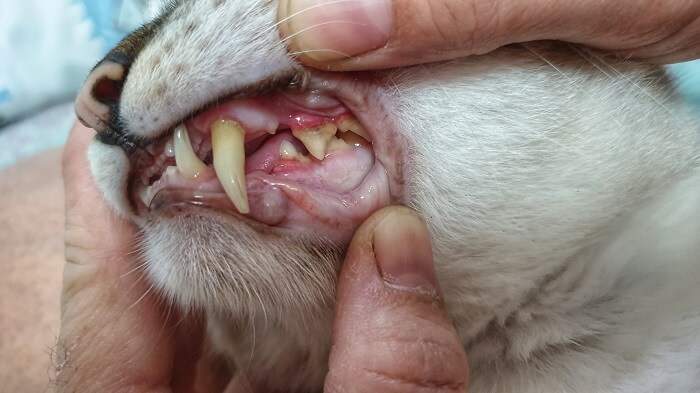
Cavities In Cats Causes Symptoms Treatment All About Cats
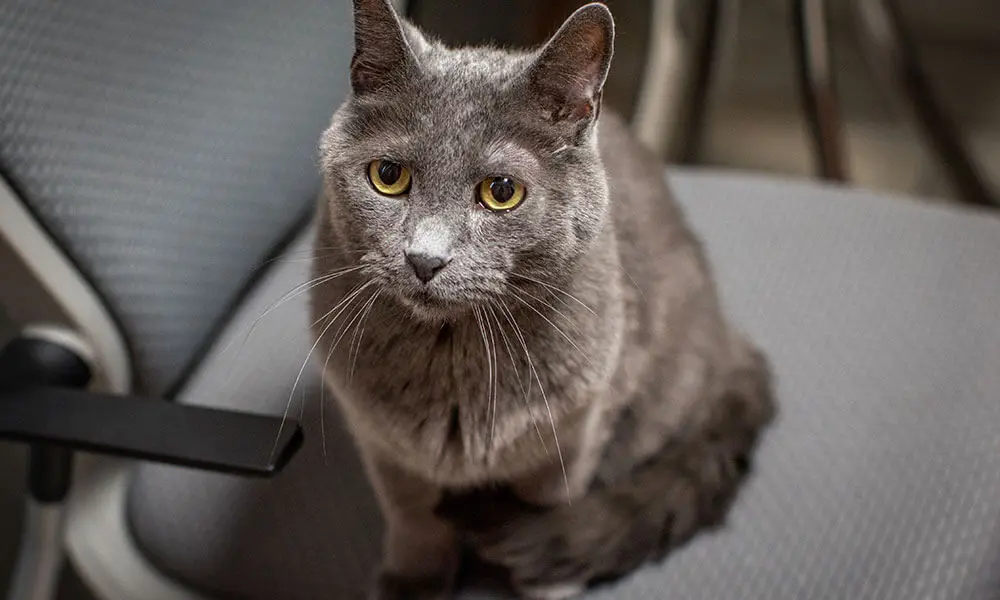
Feline Tooth Resorption A Guide For Cat Owners 1st Pet Veterinary Centers Az

Resorptive Lesions Feline Healthy Paws Animal Hospital

Tooth Resorption Advanced Animal Dentistry
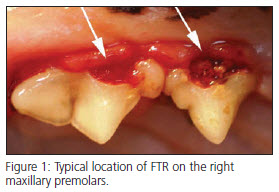
Feline Tooth Resorption Montana Pet Dentistry Oral Surgery

Juvenile Gingivitis Periodontitis Advanced Animal Dentistry

Dental Care For Cats North Elm Animal Hospital
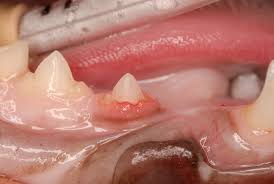
Dental Resorptive Lesions Close Veterinary Clinic
Tooth Resorption In Dogs And Cats Vetbloom Blog

Feline Tooth Resorption Today S Veterinary Practice

External Tooth Resorption In Cats Part 2 Therapeutic Approaches Today S Veterinary Practice

External Tooth Resorption In Cats Part 2 Therapeutic Approaches Today S Veterinary Practice

Don T Ignore The Signs Of Dental Disease In Cats

Feline Tooth Resorption How To Help Your Cat Firstvet
Tooth Resorption In Dogs And Cats Vetbloom Blog

Tooth Resorption In Cats A Widespread Painful Problem

